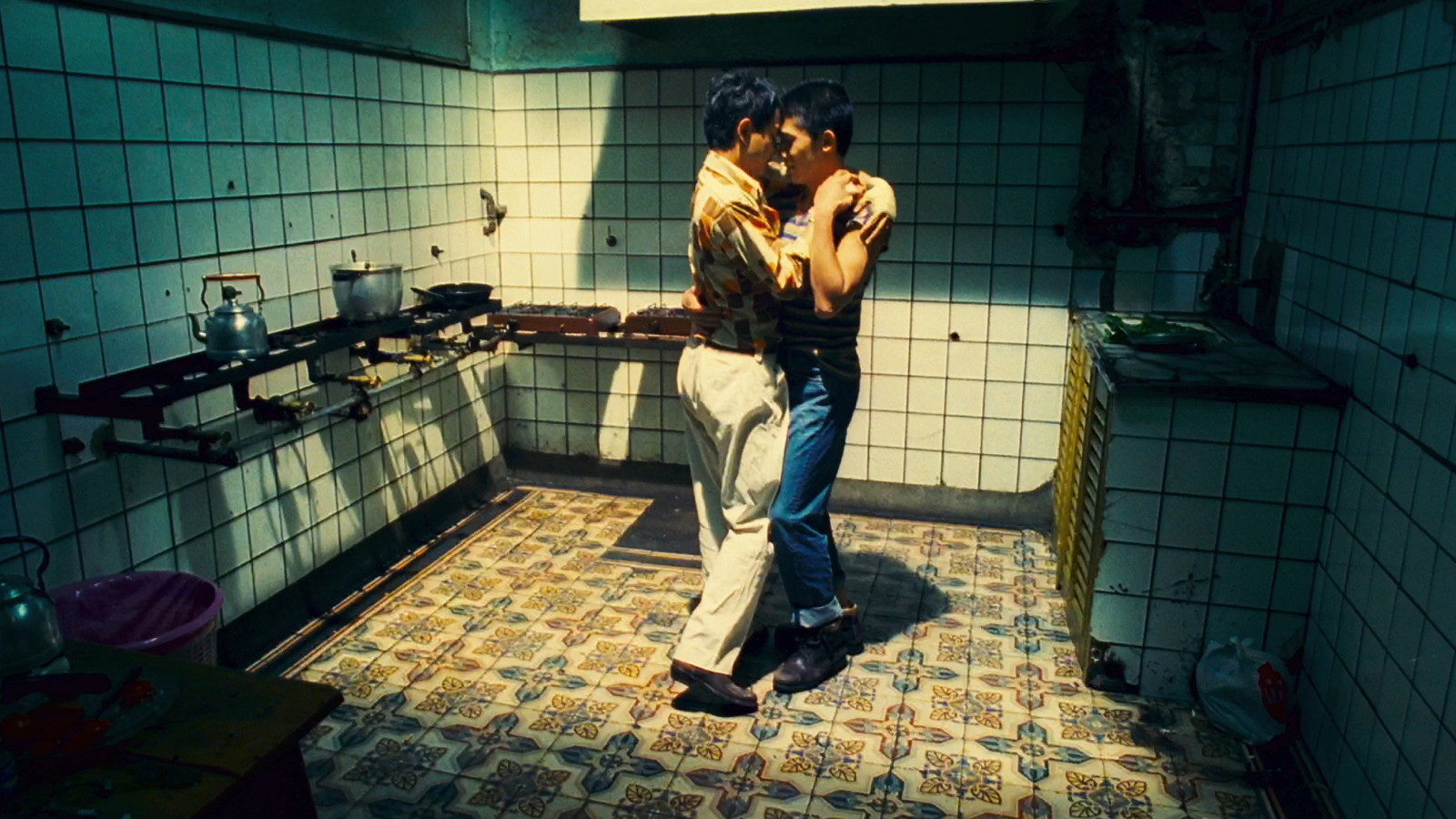Slavoj Žižek, “My Dream of Wuhan,” Welt, January 22, 2020 →.
See the Guggenheim website for information on the exhibition →.
Li Wenliang’s signed and fingerprinted “letter of admonition” is available in the public domain →.
A translated version of the story can be read here: →.There are various ways to translate “mantou,” but I prefer “steamed bun.”
Chenghao Ye et al., “Theoretical Study of the Anti-NCP Molecular Mechanism of Traditional Chinese Medicine Lianhua-Qingwen Formula (LQF),” chemrxiv.org, March 21, 2020 →.
Wang Hui, The End of the Revolution: China and the Limits of Modernity (Verso, 2011), 195–96.
In Xinhua News Agency’s collection of reportage on Xi Jinping’s speeches, this page talks about Chinese medicine →.
See “Q&A on coronaviruses (COVID-19)” at the WHO website →.
Quoted in Lung-Kee Sun, “To Be or Not to Be ‘Eaten’: Lu Xun’s Dilemma of Political Engagement,” Modern China 12, no. 4 (October 1986), 459–85.
Hou Hanrou, “The Spectacle of the Everyday,” curatorial text for the 10th Biennale de Lyon →.
See the book here →.
Scripps Research Institute, “COVID-19 coronavirus epidemic has a natural origin,” Science Daily, March 17, 2020 →.
Guenter B. Risse, Plague, Fear, and Politics in San Francisco’s Chinatown (Johns Hopkins University Press, 2012) 1–15.
Alain Badiou, “On the Epidemic Situation,” Verso blog, March 23, 2020 →.
Walter Russell Meade, “China Is the Real Sick Man of Asia,” Wall Street Journal, February 3, 2020 →.
Marc Tracy, “Inside The Wall Street Journal, Tensions Rise Over ‘Sick Man’ China Headline,” New York Times, February 22, 2020 →.
Aesop, “The Birds, the Beast, and the Bat,” Aesop’s Fables for Children (originally published 1919).
